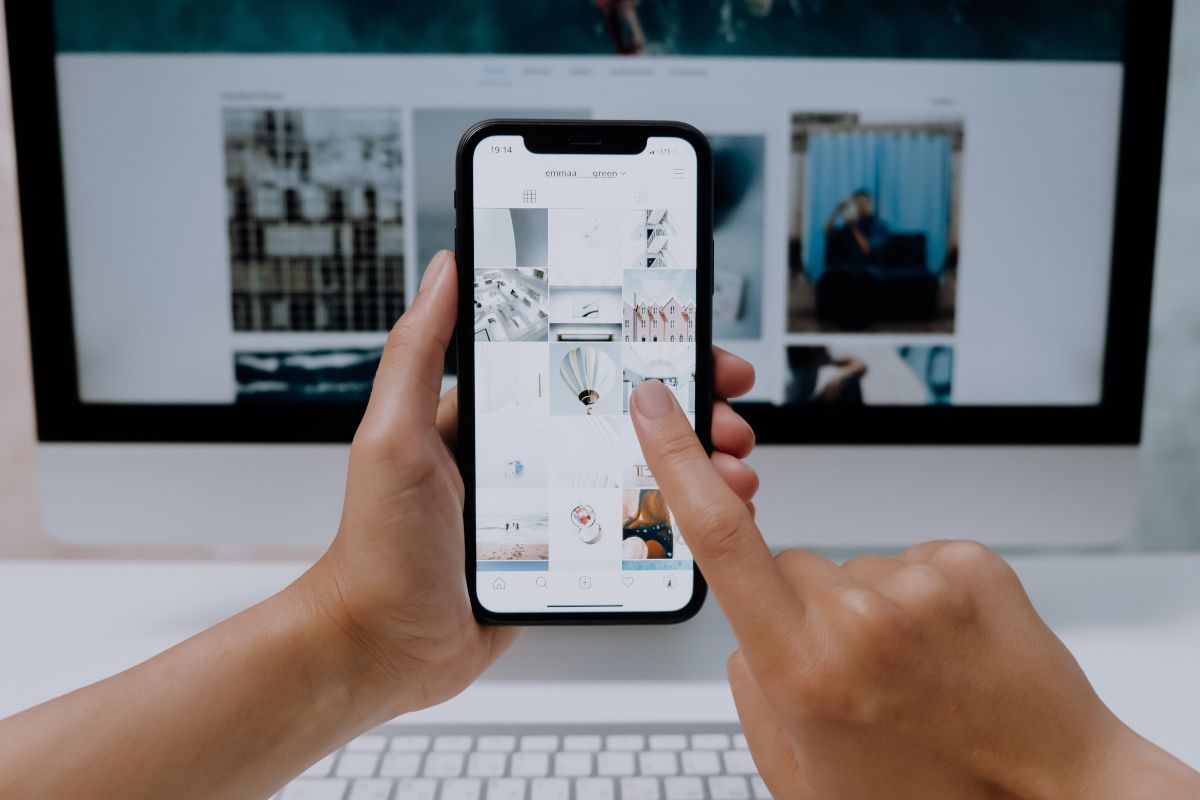In recent years, dark mode has become a staple feature in apps, operating systems, and websites. With its sleek look and reduced eye strain benefits, many users have adopted it by default. But beyond aesthetics and comfort, a question continues to spark interest: How does dark mode affect battery life and device performance? Let’s break it down in a simple, informative way.
What Is Dark Mode and How Does It Work?
Dark mode, also known as night mode or dark theme, is a user interface (UI) design where light-colored text, icons, and elements appear on a dark background. This contrasts with the traditional light mode, where dark text appears on a white background.
The implementation of dark mode isn’t just cosmetic. When users enable dark mode, operating systems and apps switch to a darker color scheme. Developers usually implement it using CSS media queries like prefers-color-scheme: dark, allowing the UI to adjust based on the user’s system preferences. Many modern devices, apps, and browsers now support this mode, but the real question is: Does dark mode save battery and improve performance?
Also Read: 5 Best SEO WordPress Plugins
The Science Behind Battery Usage and Screen Technology
OLED vs LCD Screens
The impact of dark mode on battery usage greatly depends on the type of screen technology your device uses:
- OLED (Organic Light-Emitting Diode) screens light up individual pixels. Black pixels mean the pixel is turned off, consuming little to no power.
- LCD (Liquid Crystal Display) screens, on the other hand, use a backlight that remains on regardless of color. Even black or dark elements don’t save power because the backlight is still fully active.
Hence, the OLED vs LCD dark mode battery comparison is crucial. If your device has an OLED display, enabling dark mode can significantly reduce battery drain. With LCDs, the effect is minimal or negligible.
Contact Best Website Developers in Canada
Case Studies and Battery Tests
Several studies have backed this up:
- Google’s 2018 Android Dev Summit revealed that YouTube in dark mode on OLED screens used up to 60% less power at full brightness.
- A test by PhoneBuff on the iPhone XS Max (with OLED) found that dark mode extended battery life by around 30% in real-world usage.
- However, similar tests on LCD devices showed no notable battery savings.
So, does dark theme save battery? The answer is yes—but primarily on OLED devices.
Does Dark Mode Actually Improve Performance?
Minimal Impact on CPU/GPU Load:
From a technical standpoint, dark mode does not drastically affect CPU or GPU performance. Most devices render both dark and light themes with equal efficiency. Therefore, dark mode device performance in terms of speed or responsiveness remains largely unchanged.
Perceived Performance Gains:
Although not directly tied to processing speed, users often report better usability with dark mode due to:
- Reduced eye fatigue, allowing longer screen use
- Less heat buildup on OLED devices due to lower power draw
So, does dark mode improve performance? Technically, no—but it may feel smoother due to the overall reduced stress on the eyes and device thermals.
Also Read: Role of Core Web Vitals in Modern Website Design
Pros and Cons of Using Dark Mode for Energy Efficiency:
Here’s a quick comparison of the battery and performance impact:
| Pros | Cons |
| Saves battery on OLED screens | No power savings on LCD screens |
| Reduces eye strain in low-light environments | Can cause readability issues in bright light |
| Less heat generation on OLED devices | Not ideal for all content-heavy or text-heavy applications |
| Looks modern and enhances UI aesthetics | Some users may find it harder to focus on dark backgrounds |
Dark mode’s battery saving benefits depend greatly on screen type and usage habits.
Best Practices: When to Use Dark Mode for Better Efficiency
To get the most out of dark mode, especially in terms of battery and device efficiency, consider these best practices:
- Check Your Screen Type: If you’re using a smartphone with an OLED or AMOLED display (common in newer Android and iPhones), turning on dark mode can help save battery.
- Use Dark Mode on Mobile, Not Just Desktop: Since mobile devices rely heavily on battery power, the gains are more noticeable here.
- Let the System Decide: Use the “auto” setting to switch between dark and light modes based on the time of day or ambient light.
- Keep Brightness Low: The darker the screen and the lower the brightness, the more battery savings you’ll see on OLED displays.
- Design for Contrast: If you’re a developer, ensure your dark mode designs maintain good contrast ratios for readability and accessibility.
Final Thoughts:
So, how dark mode affects battery life? On OLED devices, it can save significant battery—especially at higher brightness. On LCD screens, the impact is minimal. As for dark mode device performance, while it won’t supercharge your CPU or RAM, it might reduce heat and allow for longer usage by decreasing eye strain and power consumption.
To sum it up:
- Does dark mode save battery on laptops? If your laptop has an OLED screen, yes. Otherwise, don’t expect major savings.
- Does dark theme save battery? On OLED, definitely. On LCD, not really.
- Is dark mode worth it? Absolutely—especially for mobile devices with OLED screens and users who work in low-light environments.
FAQs
Q1: Does dark mode actually save battery on all devices?
A: No. Battery savings are primarily seen on OLED or AMOLED displays. LCD screens do not benefit significantly.
Q2: How much battery can I save with dark mode?
A: On OLED screens, you can save between 15–60% depending on brightness, app usage, and screen-on time.
Q3: Does dark mode improve device performance?
A: There’s no major impact on performance, but it may reduce thermal stress and GPU usage in some cases.
Q4: Is dark mode better for long-term screen health?
A: While it reduces glare, there’s no proven impact on screen longevity. However, it may help reduce eye strain during extended use.







